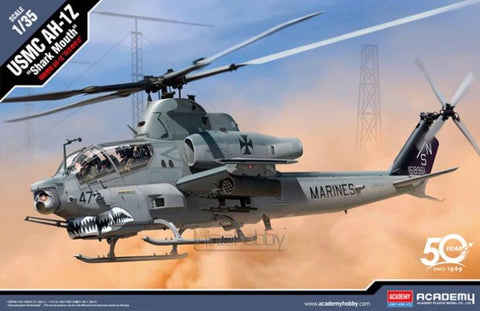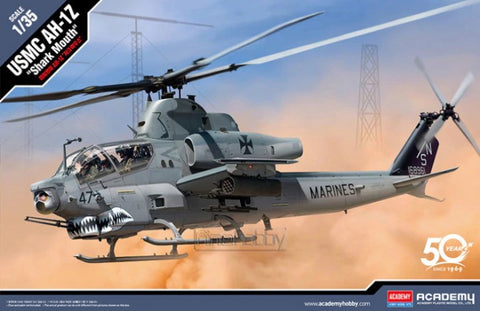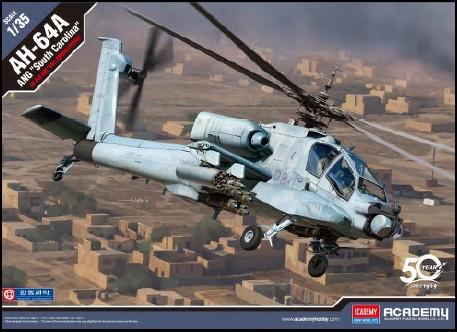
Revosys Models 1/35 PzKpfw VI Ausf C/B (VK36.01) German Tank w/Interior Kit (New Tool)
This Product Usually Ships In 2-3 Business Days
RSY-3001
Revosys Models has launched with a great subject – It's German WWII armor so it will sell well as It's obscure, has a full interior and it is not yet made in injection molded plastic in this scale. Revosys has consulted modeling and historian experts in the quality control of making this kit.
This short-lived projected was born in June 1939, when Krupp was asked to develop a 105 mm (4.13 in) armed turret. The turret walls had to be 100 mm (3.94 in) thick and the gun was a standard L/20 or L/28 howitzer, all of which to be packed on a standard BW hull, with a top weight of no more than 30 tons. It was then designated AW (Artilleriewagen). By mid-1940, Henschel was ordered to modify the BW Fahrgestell to mount the new Krupp 105 turret. At the same time, it was revised internally to accept the new Maybach HL 174, giving a 450 hp max output. The hull front had to be 80 mm (3.15 in) thick and the total weight was uplifted to 36 tons, sitting on interleaved wheels.
Eventually, on May 26, 1942, Hitler intervened to specify that the new heavy tank should have the frontal armor of 100 mm (3.94 in) thick, and 60 mm (2.36 in) sides and ordered six prototypes from Porsche and Henschel. Following this, Wa Pruef 6 remade the specifications. The turret now needed to accept the 75 mm (2.95 in) Waffe 725 (without muzzle brake) and, on June 11, 1942, notified Krupp to drop the 105 mm (4.13 in) project and convert the turret according to the new By August, this was renamed “Tigersprogramm”. Eventually, the sole VK 36.01 chassis was delivered in March 1942 for tests, after being equipped at the Maybach factory near Friedschafen. The original six turrets ordered from Krupp were turned, in the meantime, into turmstellungen (fixed turrets), but completion of the required modifications was never carried out.
This short-lived projected was born in June 1939, when Krupp was asked to develop a 105 mm (4.13 in) armed turret. The turret walls had to be 100 mm (3.94 in) thick and the gun was a standard L/20 or L/28 howitzer, all of which to be packed on a standard BW hull, with a top weight of no more than 30 tons. It was then designated AW (Artilleriewagen). By mid-1940, Henschel was ordered to modify the BW Fahrgestell to mount the new Krupp 105 turret. At the same time, it was revised internally to accept the new Maybach HL 174, giving a 450 hp max output. The hull front had to be 80 mm (3.15 in) thick and the total weight was uplifted to 36 tons, sitting on interleaved wheels.
Eventually, on May 26, 1942, Hitler intervened to specify that the new heavy tank should have the frontal armor of 100 mm (3.94 in) thick, and 60 mm (2.36 in) sides and ordered six prototypes from Porsche and Henschel. Following this, Wa Pruef 6 remade the specifications. The turret now needed to accept the 75 mm (2.95 in) Waffe 725 (without muzzle brake) and, on June 11, 1942, notified Krupp to drop the 105 mm (4.13 in) project and convert the turret according to the new By August, this was renamed “Tigersprogramm”. Eventually, the sole VK 36.01 chassis was delivered in March 1942 for tests, after being equipped at the Maybach factory near Friedschafen. The original six turrets ordered from Krupp were turned, in the meantime, into turmstellungen (fixed turrets), but completion of the required modifications was never carried out.
- Fully detailed crew compartment
- Posable hatches with interior details included
- Complete engine deck - but no engines – just fans.
- Completely detailed turret interior.
- Workable (and fairly simple two piece) track links.
- FUG8 radio set for command version
- Two versions of main armament, the Konish 7.5cm or 5.5cm Pak 41
- Four different alternatives for turret details.
- Gun barrel based on Louis Doyle's drawings.











